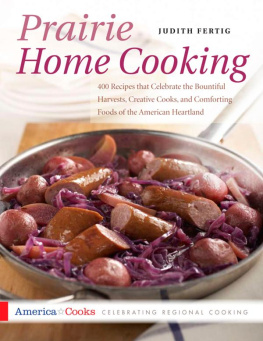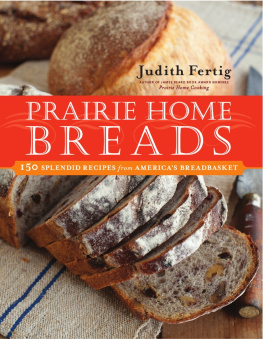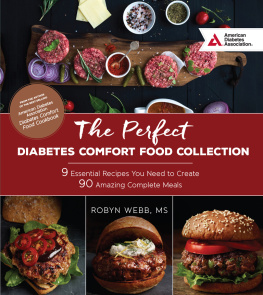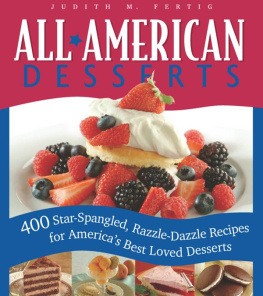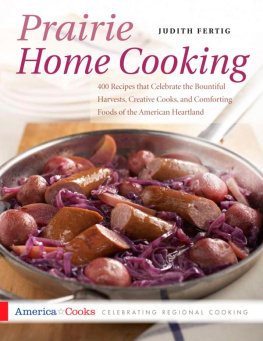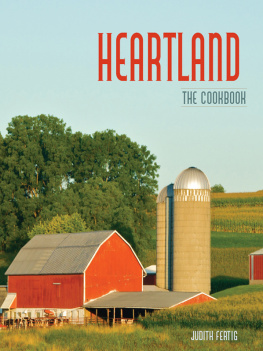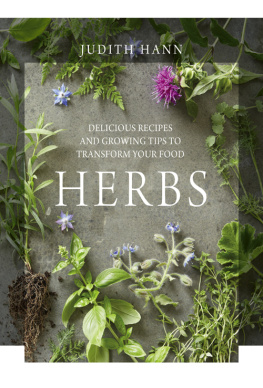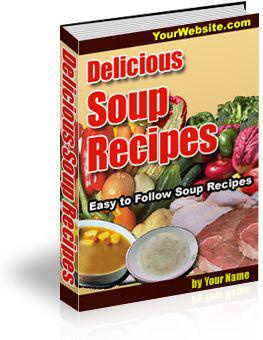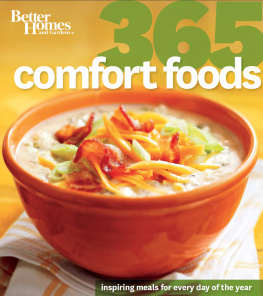T HE H ARVARD C OMMON P RESS
535 Albany Street
Boston, Massachusetts 02118
Copyright 1999 by Judith M. Fertig
Illustrations copyright 1999 by Sara Love
All rights reserved. No part of this publication may be reproduced
or transmitted in any form or by any means, electronic or mechanical,
including photocopying, recording, or any information storage or retrieval system,
without permission in writing from the publisher.
Printed in the United States of America
Printed on acid-free paper
Library of Congress Cataloging-in-Publication Data
Fertig, Judith M.
Prairie Home Cooking : 400 recipes that celebrate the bountiful harvests, creative cooks, and comforting
foods of the American heartland / Judith M. Fertig.
p. cm.
Includes bibliographical references and index.
ISBN 1-55832-144-6 (alk. paper).
ISBN 1-55832-145-4 (pbk. alk paper)
1. Cookery, AmericanMidwestern style. I. Title.
TX715.2.M53F47 1999
99-14392
CIP
Special bulk-order discounts are available on this and other Harvard Common Press books.
Companies and organizations may purchase books for premiums or resale,
or may arrange a custom edition, by contacting the Marketing Director at the address above.
Cover and text illustrations by Sara Love
Cover and text design by Kathleen Herlihy-Paoli, Inkstone Design
10 9 8 7 6 5 4 3 2 1
To my family, who taught me what home and cooking
are all aboutJack Merkle, Jean Vanderhorst Merkle, and Julie Merkle Fox
***
And to my children, who are still learningSarah and Nick Fertig

Acknowledgments
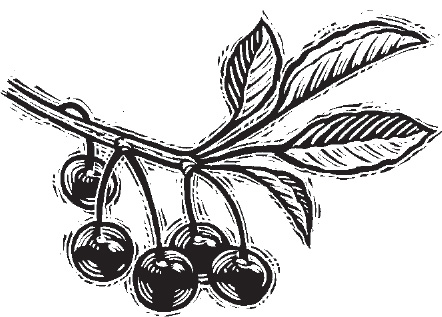
First of all, a big thanks to Bruce Shaw, Publisher of The Harvard Common Press, who had seen a magazine article by me on prairie food and got this rewarding project started. My editor par excellence, Dan Rosenberg, deftly shaped this book with a clear eye, wry sense of humor, and a great amount of patience. Christine Alaimo, Skye Stewart, and everyone else at The Harvard Common Press have really helped give the subject of prairie home cooking the audience it richly deserves.
This project would have been a lot more difficult without the friends who have become family to me: my good friend and agent, Karen Adler; my walking buddy and taste-tester, Ellen McCormick; and all the members, past and present, of the infamous Cookbook Club: Kathy Smith, Mary Langley, Gail Parnow, Dee Barwick, Dianne Hogerty, Rose Kallas, Vicki Johnson, Roxanne Wyss, Jane Guthrie, Carole Cottrill, Bobbi Marks, and Lou Jane Temple. My thanks also to the friends of my formative cheeseburger years, who drove with me through Frisch's many times without ever stopping to eat anything: Rene Jones, Debbie Baird, and Sherry Morgensen. My appreciation, too, for all the meals and memories shared with Linda Kirkwood Smith and Susie Canan Butler and their families.
I thank Jill Silva, food editor of the Kansas City Star, and all the culinary stars who have graced my "Come Into My Kitchen" column and who have welcomed me into their homes and their lives. Thanks also to Colman Andrews, Christopher Hirsheimer, and Connie McCabe of Saveur magazine for a terrific experience in wheat country. And my deep appreciation for all the Heartlanders who generously gave of their time to talk with me about the place they call home: Jim Stevens of Maytag Dairy Farms, Judith Schad of Capriole, Justin Rashid of American Spoon Foods, John Schumacher of the New Prague Hotel, and many, many others.
Introduction
When I first moved with my family to Kansas in the early 1980s, I remember driving away from the Kansas City, Missouri, airport and looking out the window at the big sky. For a girl used to the seven hills of Cincinnati, this wide expanse of horizon was something exciting and new. Soon after we were settled in, we all became sky-watchers. In the spring and summer there was the drama of thunderclouds and twisters we could see gathering momentum from miles and miles away. On clear nights there would be a midnight canopy of stars that seemed so close you could touch them. The wide daytime skies would range from clear blues to blizzard grays. In August the summer haze was punctuated by the bright orange flight of monarch butterflies.
Pam Houston, the author of Cowboys Are My Weakness, also moved to the prairie as an adult. "It wasn't where I had come from," she writes, "but when I moved there it just took me in and I knew I couldn't ever stop living under that big sky."
For the European immigrants who came here in the nineteenth century, the sea of grass that was the prairie was an alien environment. Many of the new arrivals settled, of course, along the banks of rivers, where trees and brush broke up the monotony of grass. Inland, too, groves of oak and walnut provided more relief, as did wild scrub plants like mulberry, chokecherry, and wild plum, common in low-lying areas.
Today the prairie has changed. Less than one percent of the original four hundred thousand square miles of prairie survives in its natural state. Enclosed by fences and windbreaks, tamed by machinery and the will of man, the prairie is rangeland, dairyland, and breadbasket. The eastern prairie, from Ohio to Iowa, now is the Corn Belt. The first sweet corn of the season is an occasion to celebrate in Ohio, and the October corn harvest in Iowa is as orderly and true as a Grant Wood painting. The lush and rolling pastureland of the Dairy Belt, where America's best cheeses are made, stretches down from Wisconsin to southern Indiana. The Wheat Belt fans north from Kansas through Nebraska into the Dakotas and Canada. Hard red winter wheat, which grows through the winter and is harvested in June, dictates the rhythms of the year in Kansas and much of Nebraska. In the Dakotas, where the winters are harsh, spring wheat, planted in the spring and harvested in the fall, takes over. On the western edge of the prairie, where in most places it is too dry to farm, the wide open spaces provide rangeland for grazing cattle and buffalo.
The richly patterned geographical quilt of "fly-over country"the great expanse that you see from the plane window as you fly from one coast to anotheris home to ethnic communities of all kinds, where festivals celebrating cultures as diverse as Czech, Norse, Russian Mennonite, and Sioux are occasions to remember the past and observe traditions in the present. In the pages of this book, you will meet some of the people who contribute to this region's culinary and cultural melting pot: great home cooks, farmers, specialty food purveyors, experts on regional foods, and even writers of essays and fiction.
The settling of the midwest coincided with the flowering of a literature that was truly American. Prairie writers continue to discover and rediscover their regional identities. Not only do we gain a sense of place from the works of authors as varied as Willa Cather, Susan Power, Louise Erdrich, and Jane Smiley, we also savor the tastes of the region. For these writers, past and present, food is evocative and full of meaning. In the novels of Willa Cather, the changing foods and wares on the dinner table reflect changes in families' fortunes and status, as virgin Nebraska prairie gives way to hardscrabble sodbuster farms and then to lush fields of wheat and corn. In the works of Louise Erdrich, we witness the slow process of Native Americans becoming westernized, leaving their nomadic buffalo-hunting lives and their diet based on parched corn and dried buffalo meat for reservation life, with a new diet of bannock, fry bread, juneberry jelly, and "Indian fruitcake." In Jane Smiley's
Next page
